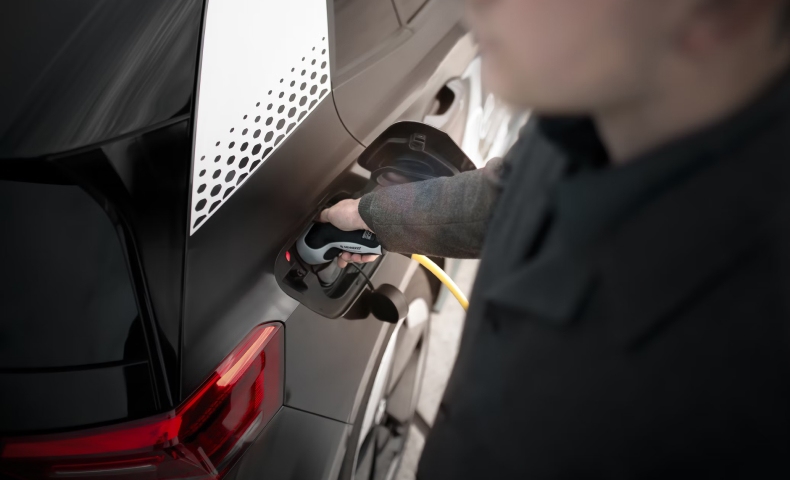Energy transition and innovation: The big challenges of sustainability.
Luca Venturini • Senior Manager Corporate Strategy - Accenture

Luca Venturini • Senior Manager Corporate Strategy - Accenture

““The Parmacotto Group has taken on a challenge aiming to generate opportunities, both for the present and the future: the challenge of reducing its environmental impact. I am very pleased to be helping navigate this journey, which includes taking concrete action.””

Our planet is getting warmer. The average temperature in 2021 was 1.11 degrees above the pre-industrial average, approaching the 1.5-degree increase identified by the scientific community as a critical threshold for climate change.
The COP26 conference held in Glasgow in November 2021 saw particular progress in terms of the availability of funds to invest in combating climate change, as well as clear recognition of the need to decommission coal-fired power plants as soon as possible and accelerate the energy transition. However, the challenge of coordinating the actions of countries with different economic systems and levels of development was also stressed.
From my point of view, the most interesting thing is that companies are aware that they have to take direct action. We need to commit our resources to securing a future for our planet. This awareness of their own role starts with recognising innovation as a key factor in stopping climate change and being ready to combine long-term goals and action.

A key contribution to climate action certainly derives from digitalisation, the ability to transform data into valuable information and avoid wasting resources and to design circular ecosystems and generate value at all levels.
But what do companies have to do to reduce their emissions and support change? The first step is understanding and quantifying their carbon impact, looking at both direct and indirect emissions (scopes 1, 2 and 3). First of all, they must set out their long-term objectives and devise a roadmap of short- and medium-term concrete actions regarding: their assets, installing renewables where possible; their supply contracts, establishing PPAs; their production lines, eliminating waste; and their supply chain, helping their suppliers and the downstream market work in a circular way. If we consider that the number of companies adopting science based targets equates to 20% of the capitalisation of all the world markets - in Italy, fewer than forty companies are members of this club - we realise that it is high time to push the accelerator!
If we look at the performance of companies that have decided to set science-based targets, the Parmacotto Group has demonstrated that it can cut emissions by 25% in five years and still make a profit and increase turnover, while global emissions have increased by 3.4%. It shows that companies who act and can move quickly are able to seize new business opportunities and attract talent and resources that are aligned with their aspirations. Those who choose to fight a rearguard battle are condemned to a more or less gradual decline.